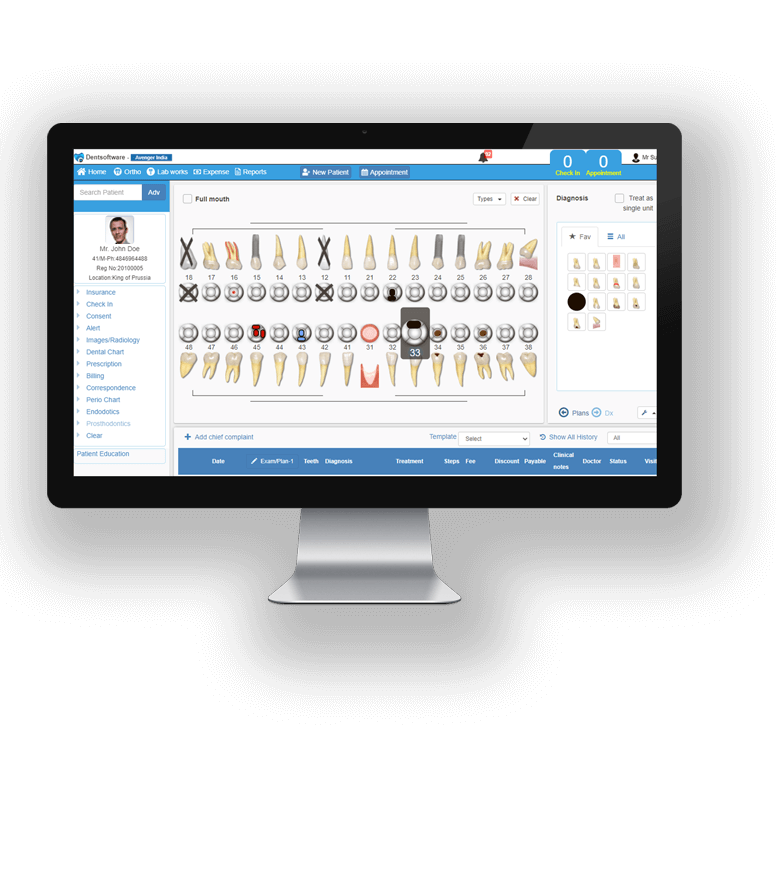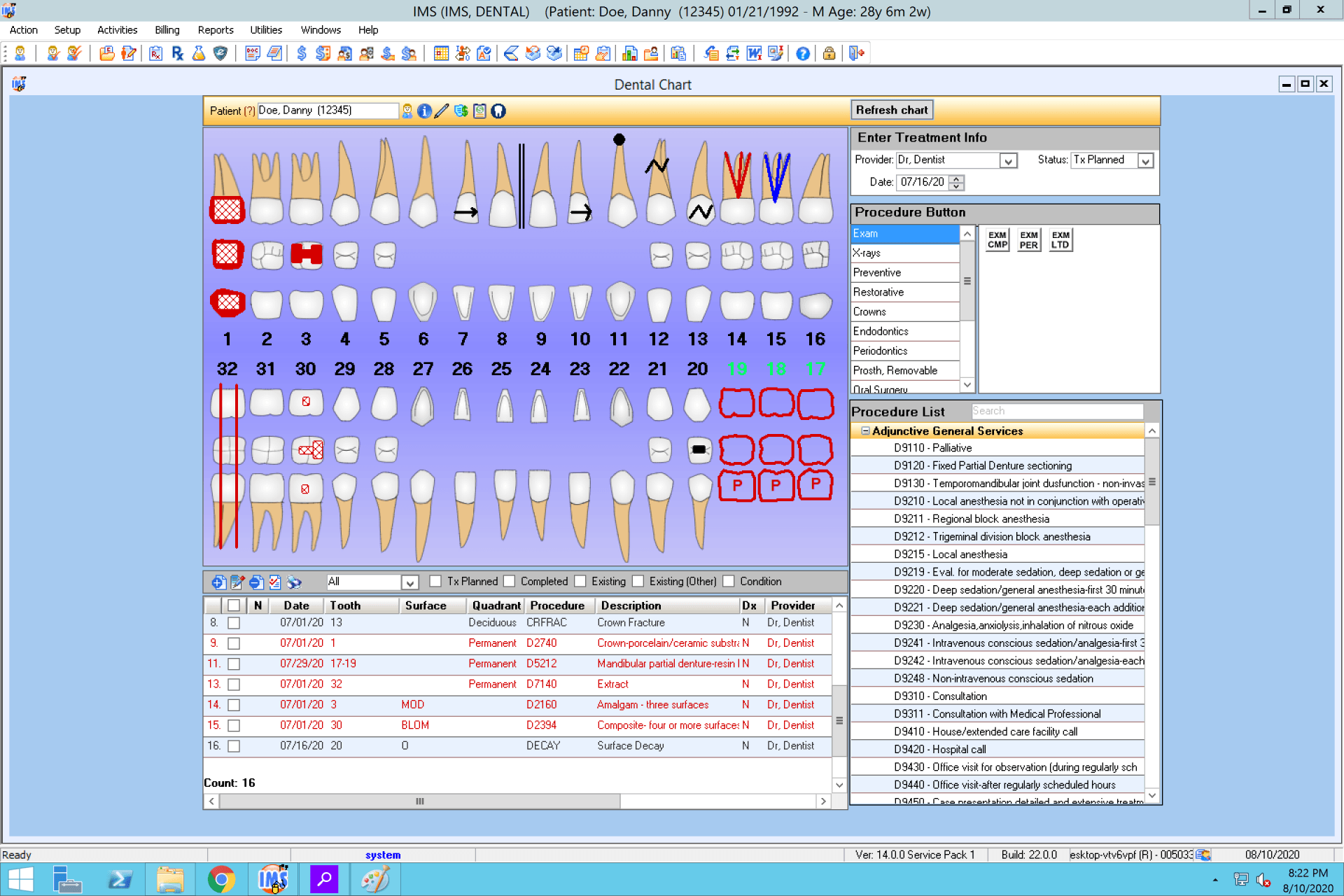All Categories
Featured
Table of Contents
- – Simplify Patient Scheduling And Billing With S...
- – Dental Practice Marketing Strategies That Actu...
- – Best Dental Practice Management Systems For M...
- – Practice Management For Dentists: Streamline ...
- – Practice Management For Dentists: Streamline...
- – From Chaos To Clarity: Automating Dental Bil...
Running a dental practice today takes more than technical ability alone. The most successful practices rely on modern digital tools that automate day-to-day operations. Let’s unpack the software, workflows, and marketing methods that keep clinics efficient — from PPM platforms to marketing and call handling solutions.
In the past, most dental clinics managed everything manually to handle records and reminders. It used to be manageable, but today’s patient volume and compliance demands are higher. Regulatory requirements have evolved dramatically. That’s why a unified software ecosystem has become essential.
Simplify Patient Scheduling And Billing With Smart Dental Software
Dental practice management software are the central nervous system of any clinic. They bring together administration, imaging, billing, and analytics into a streamlined workflow. Instead of juggling multiple systems, you can handle scheduling, treatment, and billing all in one place. The impact is happier patients and more consistent cash flow.
Why some practice systems outperform others comes down to integration and reporting. For example, when patient reminders link to scheduling analytics, you cut down admin time dramatically. Built-in dashboards reveal bottlenecks and missed revenue opportunities. This level of visibility empowers better business decisions.
Choosing the right platform depends on your size and workflow. Dentrix is widely used with deep functionality for treatment planning, imaging, and analytics. Eaglesoft software is favored by clinics that value detailed charting. Open-source platform Open Dental is popular for transparency and lower cost. Curve Dental is cloud-first and easy to scale. Each has strengths and quirks. The best step is to trial two or three and simulate your clinic’s busiest week. Staff comfort will make or break the implementation.
Staff alignment are often overlooked when new systems roll out. A powerful software suite is useless if workflows match user habits. It helps to appoint an internal champion who understands both operations and software. Review reports together to keep accountability high. An hour each week builds culture around technology use.
Dental Practice Marketing Strategies That Actually Drive New Patients
Appointment management tools has evolved dramatically. AI-driven scheduling now text reminders to patients with real-time updates. Most platforms automatically prevent double-booking. Efficient scheduling reduce downtime. Forward-thinking clinics enable web booking, letting patients choose slots directly. The result is fewer missed calls.
Another underrated feature of advanced scheduling tools lies in their reporting dashboards. You can measure peak hours, cancellation rates, and rebooking patterns. These insights inform pricing and promotions. For example certain hygienists have repeat reschedules, you can adjust marketing and scheduling policies accordingly.
Payment systems and revenue cycles form the backbone of cash flow. Handling claims by hand is slow and error-prone. Integrated clearinghouse connections shorten payment cycles. Some systems instantly verify insurance, meaning fewer surprises for patients. Features like installment plans and e-statements boost on-time payments. Tracking claim acceptance rates helps you make data-driven decisions.
Best Dental Practice Management Systems For Modern Clinics
Many growing dental offices also adopt revenue analytics tools. These link payments, expenses, and insurance data. With proper tagging, reports update daily. You’ll track how seasonality impacts revenue. Financial clarity like that improves decision-making year-round.
Marketing is where practice management meets growth. No dental practice thrives on referrals alone anymore. Smart ad campaigns bring in high-value cases. Claim and enhance your Google listing, post regular updates, and publish location-specific content. Educational articles that explain procedures simply build trust and visibility.
CRM-linked email and SMS campaigns are becoming essential. Tools integrated with your practice software keep your clinic top of mind. You can segment by patient type, treatment, or date. This personal touch keeps your chairs booked months ahead.
Practice Management For Dentists: Streamline Scheduling, Billing, And Marketing
PPC and remarketing generate immediate patient inquiries. Focus within 10-15km radius for keywords like “emergency dentist open now”. Re-engage those who visited but didn’t book. Offer free consults or checkups to boost conversion.
A powerful but overlooked efficiency upgrade is the dental answering service. Even with good scheduling software, missed calls still mean missed patients. Dental answering services ensure every inquiry is captured. They integrate with most PPM systems. This is especially valuable for urgent weekend inquiries. Teams that outsource overflow calls see improved retention. Internally linking your marketing content about answering services and patient communication creates smooth navigation between topics.

When all parts work together, you start seeing real leverage. Integrated systems cut manual tasks, while consistent communication builds loyalty. Day to day, this means less chaos, more calm, and steady growth.
Practice Management For Dentists: Streamline Scheduling, Billing, And Marketing
To implement effectively:1. Choose your core software. Migrate your data and train the team.2. Automate communication. SMS reminders, reactivation sequences, and review requests cut cancellations.3. Simplify billing. Track performance weekly.Create ongoing content campaigns. Drive authority and conversions together.Iterate quarterly. Data on scheduling gaps or claim delays guide your next optimizations.6. Keep innovating. Competition won’t slow down, so build a culture that embraces adaptation.
The modern dental practice thrives on integration, not improvisation. By aligning your technology, communication, and marketing, you gain predictable growth and happier patients.
From Chaos To Clarity: Automating Dental Billing & Appointments

Learn more about improving call handling and workflow automation here.
Table of Contents
- – Simplify Patient Scheduling And Billing With S...
- – Dental Practice Marketing Strategies That Actu...
- – Best Dental Practice Management Systems For M...
- – Practice Management For Dentists: Streamline ...
- – Practice Management For Dentists: Streamline...
- – From Chaos To Clarity: Automating Dental Bil...
Latest Posts
The Hidden Costs Of Poor Scheduling In Dental Clinics (And How To Fix Them)
What Is Dental Practice Management Software (And Why It Matters In 2025)?
Patient Scheduling Systems That Keep Your Dental Chairs Full
More
Latest Posts
The Hidden Costs Of Poor Scheduling In Dental Clinics (And How To Fix Them)
What Is Dental Practice Management Software (And Why It Matters In 2025)?
Patient Scheduling Systems That Keep Your Dental Chairs Full